Mobile devices have become an integral part of your everyday life, with Statista estimating that around 94% of adults living in the UK now own a mobile phone. It is likely that they contain all sorts of data including your personal information, images, emails, and perhaps even your banking details. They allow us to communicate with one another and ultimately make life easier in a technology-driven world. Despite the benefits, having this information at your fingerprints leaves you more exposed to mobile security threats.
So, how do I make my phone more secure? Within this article, we take a look at steps you can take to ensure your mobile phone is kept safe and protected from potential security threats.
Here is our list of steps you can take to secure your mobile phone:
- Keep the OS updated
One of the easiest ways to make sure your phone is secure from potential security threats is to keep the operating system updated. Whether you are running iOS, Android or Windows, it’s advisable to download the latest version available. These updates are essential in keeping your phone secure as they may contain important improvements to security and protect your device from newly discovered threats.
Although most phones will send you a notification when an update is available, you can check if your phone’s operating system is up-to-date by checking: Settings > General > Software Update.
- Lock your device
An important step in ensuring your device is secure, is to set up a secure lock screen for when your phone isn’t being used. If your device gets stolen, it will prevent thieves from gaining access to your device and potentially all of your personal information. Nearly every mobile phone now offers a variety of options to be locked, whether that be a fingerprint sensor, facial recognition or passcode, it’s important to set up a lock on your screen. If you are yet to set up a pass lock, head to your phone’s security settings to do so.
While the basics can often be overlooked, they often are the most effective ways of securing your devices. Ensure you create a strong password that you change frequently.
- Secure your Wi-Fi
Making sure your wireless network is secure, is an important step in ensuring your mobile phone is protected from cyber threats. Hackers may target your wireless network or router as a way to gain access into your personal network, emails, files, and even passwords. To secure your home Wi-Fi, it is highly suggested that you set up a strong password to prevent security breaches. Try choosing a password that is unique and does not include any personal information.
Although it may be tempting to connect to public Wi-Fi, try to avoid doing so if at all possible. These unsecured networks are the perfect bait for hackers to use this as a route to distribute malware or intercept personal data you may be sending.
- Use lock code vaults and apps
It is worth installing extra security methods to protect your private messages and important files. You can effectively secure your mobile phone by using a lock code app or vault. Vault apps will allow you to store all of your sensitive files within a dedicated area of your device, whilst requiring a password. If there has been a number of unsuccessful login attempts, the data stored within the vault will be wiped. These lock code vaults and apps obstruct hackers from accessing your sensitive files.
- Download security software
You might not think twice about installing antivirus software for your computer or laptop, but what about your mobile phone? Whatever operating system you use, it’s advisable to download an antivirus software or security app for your phone. A virus can be detrimental to the security of your device and can end up wiping or leaking all of the data that is stored on your phone. It is worth considering installing mobile apps or software such as Kaspersky for added security.
- Manage app permissions
It’s worth checking which permissions you’ve granted to each app on your phone. When you download an app, you will be able to control which capabilities or data that app can access.
For example, if a gaming app has asked to request access to your camera, and it’s not needed for the game to function, then that could indicate warning signs of a bigger issue. By denying certain permissions to apps, you are able to prevent them from accessing your data. You can check what permissions you have granted apps by heading to ‘Settings’ on your device and either selecting ‘Apps’ or ‘Privacy’, depending on what OS you are using. From here you will be able to revoke access by sliding a switch.
- Check your apps are from reputable sources
In addition to managing your app permissions, it’s essential that you only download apps from official sources. Installing an app from an unofficial source will increase the risk of malware infecting your device. Whether you use an Apple, Android or another mobile device, try to only download apps from the official app store. Typically, these apps have gone through certain security protocols and are safeguarded from malicious code.
- Enable two-factor authentication
For better protection over your digital accounts, it’s recommended that you should enable two-factor authentication. Two-factor authentication is an authentication method which provides a second level of security by requiring usually two types of information before you can log in to your account. By enabling this security measure you can better protect your information and stop unauthorized persons from accessing your accounts.
Operating systems like Apple and Google, both offer two-factor authentication measures. You can turn these on by heading to Settings > Passwords and Security. You can also download apps such as Google Authenticator and Authy.



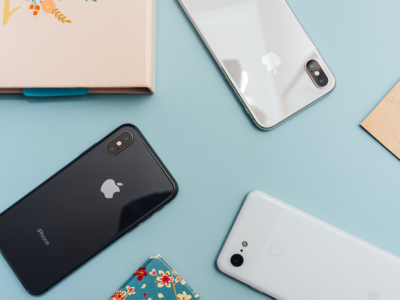

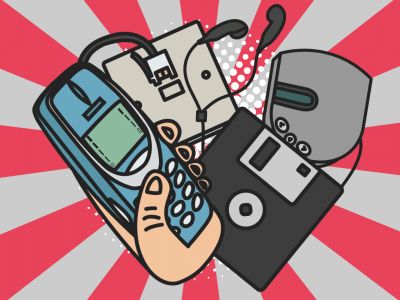
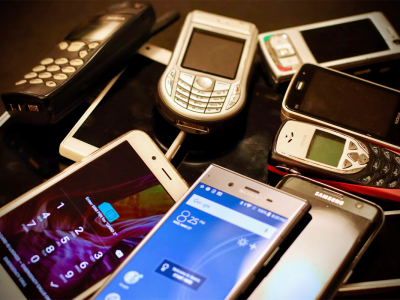
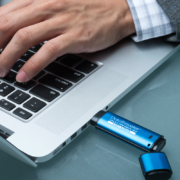




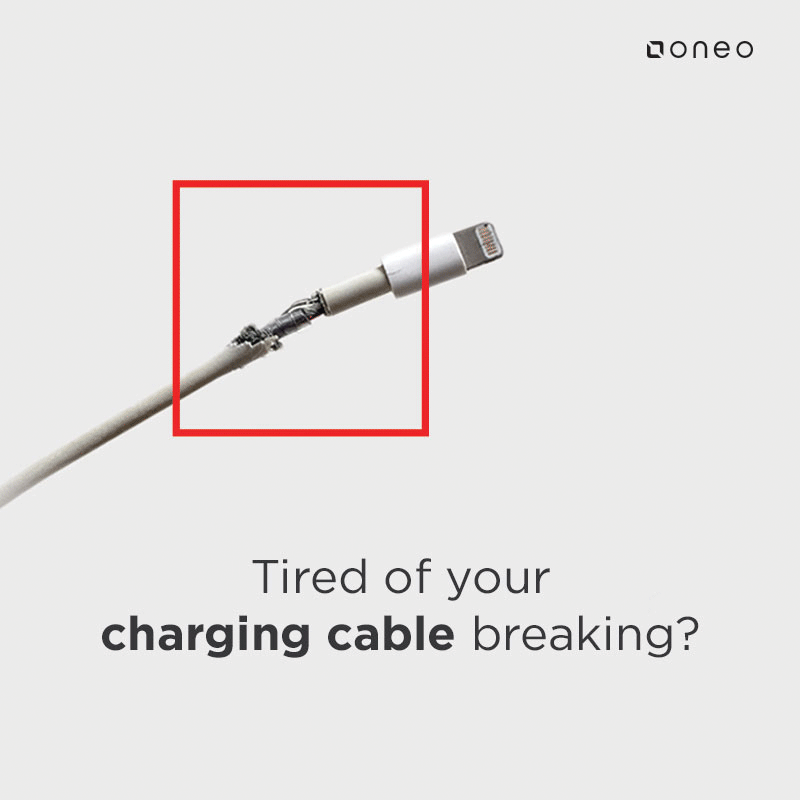
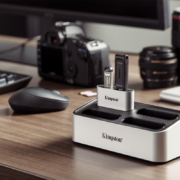
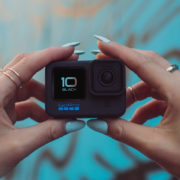

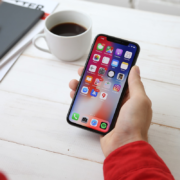

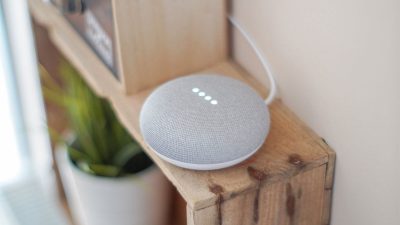
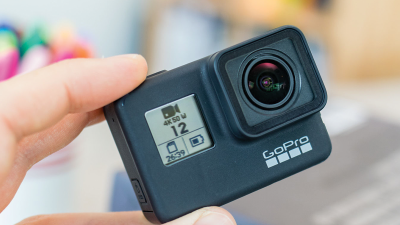
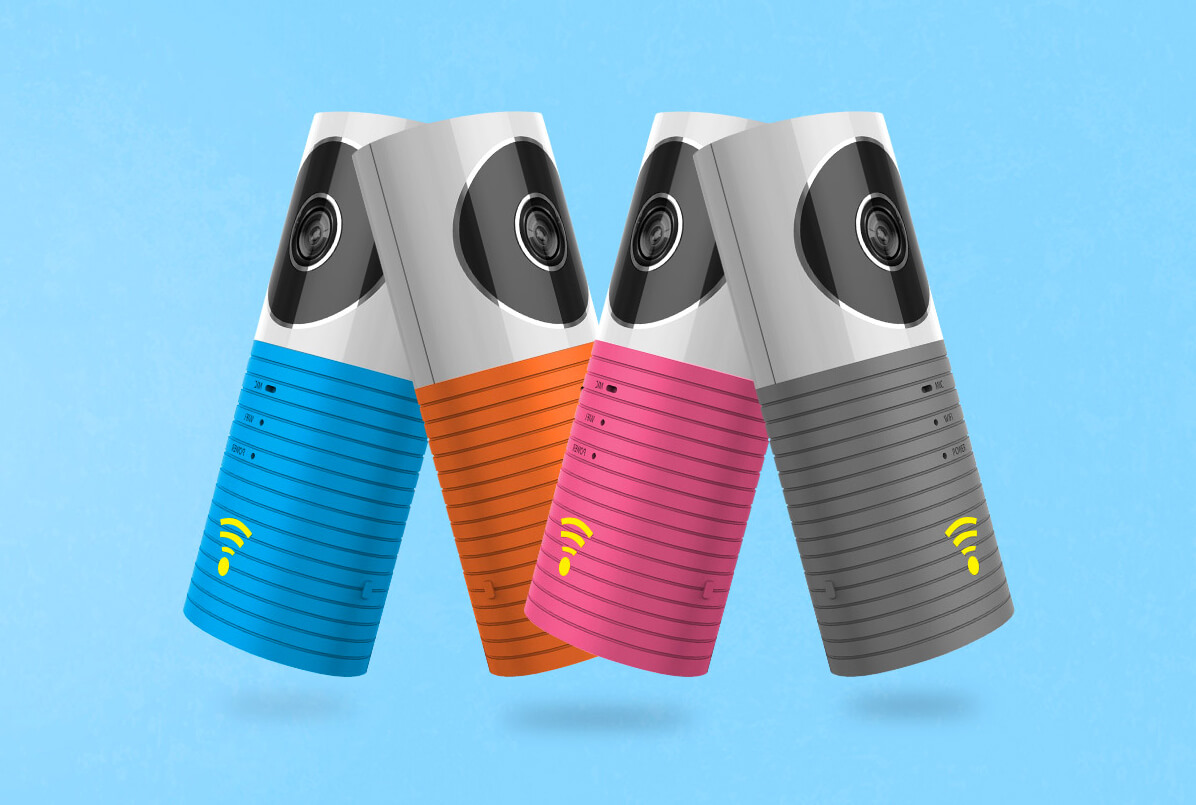

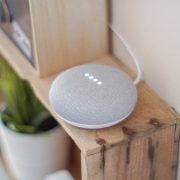

Comments